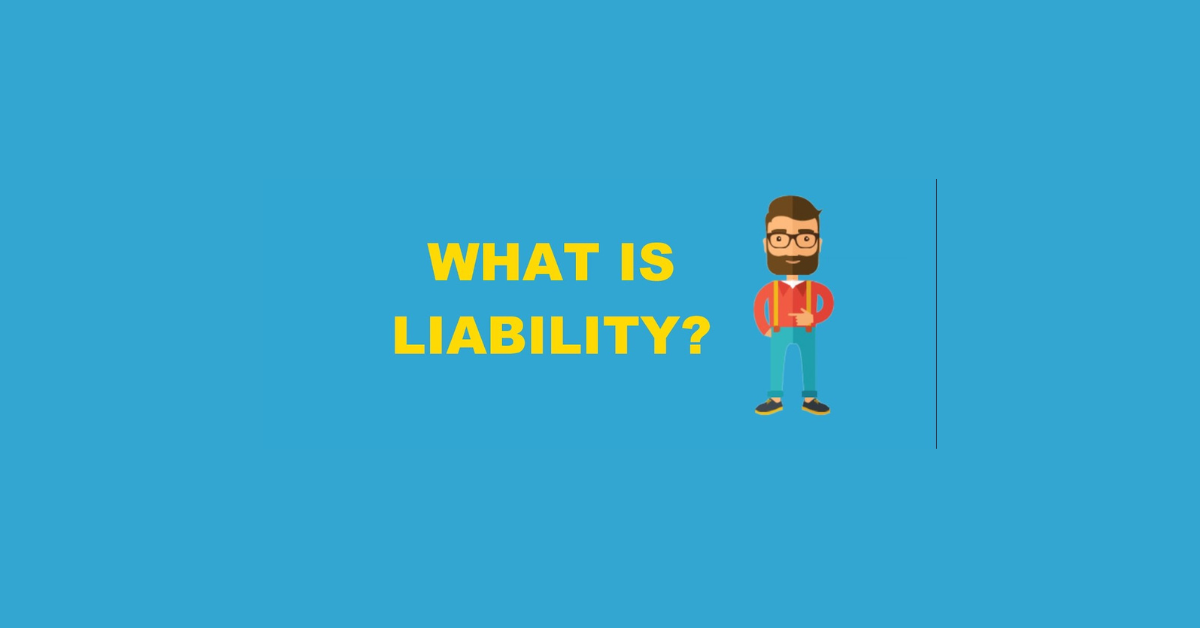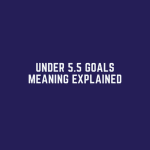Understanding Liability in Lay Betting
Liability in lay betting refers to the potential losses that a bettor may incur if the outcome they are betting against occurs. Unlike traditional betting where the bettor wins if their selection is successful, in lay betting, the bettor acts as the bookmaker and risks losing more than their stake. This unique aspect of lay betting adds an extra layer of complexity and risk for those participating in this form of wagering.
Understanding and managing liability is crucial for successful lay betting. It is important to carefully consider the odds and stake size when placing a lay bet to ensure that the potential losses are within an acceptable range. Being aware of the potential liability allows bettors to make informed decisions and control their risk exposure. By being mindful of their liability, bettors can strategically structure their bets to maximize potential profits while minimizing potential losses.
The Basics of Lay Betting
Lay betting is a unique form of wagering where individuals act as the bookmaker, offering odds for an event not to happen. In essence, rather than betting on a specific outcome, the bettor takes on the role of the bookmaker by accepting bets from other participants. This can involve various events, from sporting matches to political outcomes, providing a versatile platform for betting.
To engage in lay betting, individuals must be aware of potential risks, as they are liable for paying out the winnings to the bettor if the event does occur. This differs from traditional betting, where the bettor’s liability is limited to their initial stake. Understanding how liability works is crucial in lay betting, as it determines the potential losses that could be incurred. By grasping the basics of lay betting, individuals can navigate this form of wagering with a clearer understanding of the risks involved.
How Liability Differs in Lay Betting
In lay betting, participants take on the role of the bookmaker by offering odds for an outcome not to happen. Unlike traditional betting where the bettor backs a selection to win, in lay betting, the bettor is essentially betting on something not to occur. This unique approach to betting results in a reversal of roles where the bettor becomes the stakeholder liable to pay out winnings if the outcome predicted by the backer indeed materializes.
The key distinction in lay betting lies in the potential liability that the bettor faces. While in traditional betting the liability is limited to the amount of the stake, in lay betting the liability can potentially be much greater. This is because in lay betting, the bettor is exposed to paying out the backer’s winnings which could exceed the initial stake. As such, it is important for participants in lay betting to carefully consider and manage their potential liability to avoid significant financial losses.
Factors Affecting Liability in Lay Betting
Liability in lay betting can be influenced by various factors that determine the potential risk involved. One significant factor is the odds at which the lay bet is placed. Higher odds typically result in greater liability, as the potential loss increases if the selection being bet against wins. Conversely, lower odds reduce the liability but also offer lower potential profits.
Another factor affecting liability is the stake size chosen for the lay bet. Larger stake sizes naturally increase the liability, as any potential loss is proportionate to the amount wagered. It is important for bettors to carefully consider their stake size in relation to their overall betting strategy and risk tolerance to effectively manage their liability in lay betting scenarios.
Calculating Potential Liability in Lay Betting
When engaging in lay betting, it is essential to understand the potential liability involved in this form of wagering. The liability in lay betting refers to the amount of money a bettor stands to lose if the outcome they are betting against occurs. To calculate the potential liability in lay betting, one must consider the odds at which they are laying the bet and the stake they have chosen.
For example, if a bettor lays a bet at odds of 3.0 for $50, their potential liability would be $100 (=$50 * (3.0-1)) as this is the amount they would need to pay out if the selection they are betting against wins. It is crucial for bettors to be aware of their potential liability before placing a lay bet, as this will help them make informed decisions and manage their risk effectively.















